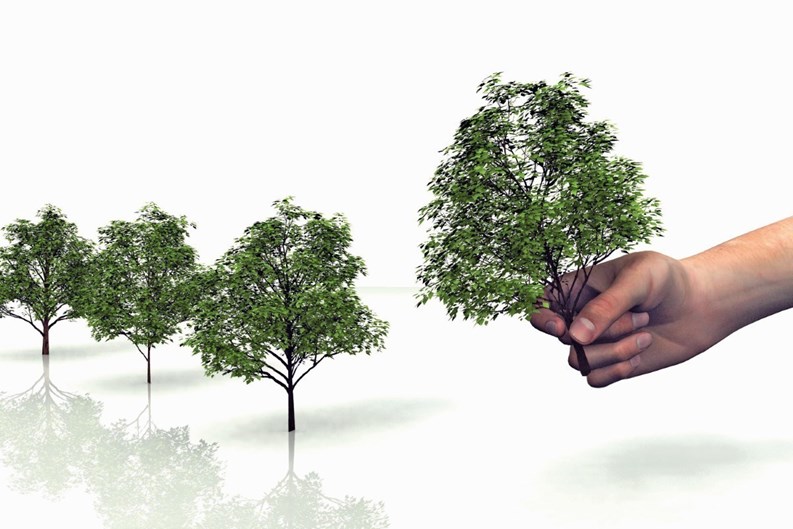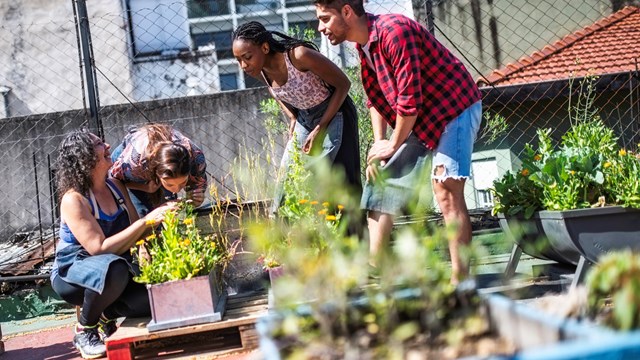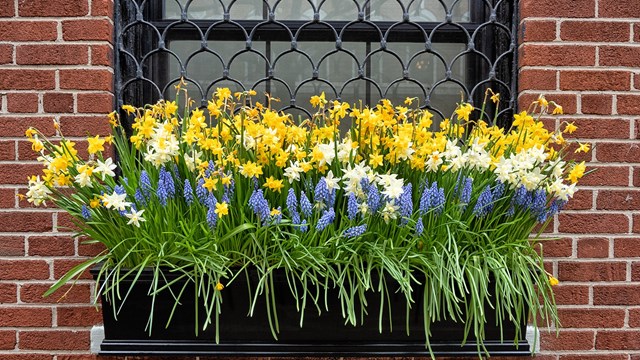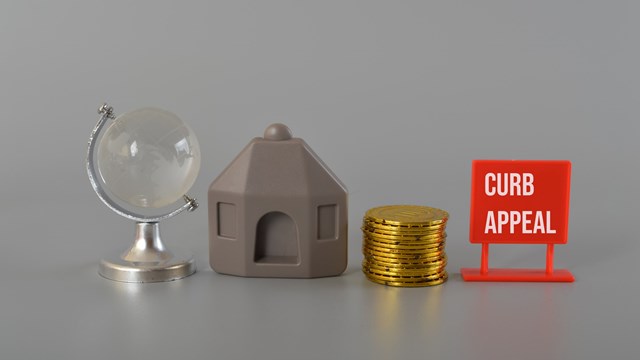The organization, with founder JohnRosenow still at the helm, is active in educating the public about the beauty and significance of trees in our world and in our lives.
Headquartered in Lincoln, Nebraska, the Arbor Day Foundation works hard to promote the positive benefit trees have on the environment, in our communities, and even on our children. Through numerous programs, ADF enables thousands of towns and cities across the United States to follow its mission to plant, celebrate, and nurture trees.
“John Rosenow is tireless in his mission to inspire people,” says Woodrow Nelson, director of communications for ADF. “I think that culture permeates throughout the entire organization. Everyone is very true to the idea that we should get the word out that it's a great thing for people to plant trees.”
Programs Plant Trees and Hope
In addition to offering membership status and benefits to nearly a million members nationwide, ADF also sponsors many programs and initiatives that aid in carrying out its mission. One of the biggest initiatives is a comprehensive program for children called Nature Explore, which helps children develop connections with the natural world as a regular part of their healthy growth and development. Disconnection from nature is leading to increases in problems such as childhood obesity, dislike and even fear (often media-induced) of the outdoors, and increased reliance on behavior-regulating medications, according to ADF.
To answer the profound need for connecting young children with nature, the Arbor Day Foundation and the Dimensions Educational Research Foundation have collaborated to create the Nature Explore program, which offers support materials for educators, caregivers, parents and grandparents of young children, ages two to eight. Theseresources are intended to help adults get children connected to nature.
ADF also publishes a series of ‘idea books’ that act as practical guides for educators. The “Learning with Nature Guidebook” is one such idea book that helps educators create outdoor classrooms. It offers everything from advice on design from the InternationalSociety of Landscape Architects to lists of natural materials educators can use to build these classrooms.
Tree City USA
ADF also offers the Tree City USA program as a means of connecting to over 3,100 towns and cities across the nation. This program, which works with state coordinators, state foresters, city foresters, mayors, and any concerned community members, is a proactive wayfor ADF to support communities in their efforts to plant more trees and also to learn how to take good care of the ones they already have.
Tree City USA, sponsored in cooperation with the USDA Forest Service and the National Association of State Foresters, educates people on a community-wide level about the value of trees in our lives. ADF writes and publishes about 40 educational bulletins that help a city’s tree board learn about different topics related to planting and maintaining trees. Topics range from ‘ResolvingTree-Sidewalk Problems’ to ‘Living with Urban Soils’ to ‘How Trees Can Save Energy.’
New England is home to hundreds of Tree City USA participant communities (see sidebar), some of which have been in the program from its inception, and some of which are relative newcomers.
Westborough, Massachusetts is one of the newest Tree City USA communities in New England.
The small town 40 miles west of Boston became an Official Tree City USA last spring. To mark its acceptance into the program, a flowering pear tree was planted in front of a local retail store and the town Department of Public Works provided 50 free Blue Spruce saplings to town residents on a first-come, first-serve basis. At the Annual Town Meeting, Westborough also approved a tree protection bylaw, one of a handful of pre-requisites needed for cities or towns to be acceptedinto the program.
Before becoming a Tree City USA, cities or towns must meet four requirements: 1) they must have a tree board or tree department made up of dedicated people who will look after the community trees; 2) the community needs to have an established tree care ordinance that gives the tree board responsibility for implementing an annual community forestry work plan; 3) the community needs to spend at least $2 per capita on their forestry program, maintaining trees, cleaning up after their trees (like after a windstorm), and planting new trees; and 4) the city must observe Arbor Day, which falls on a different day depending on the state.
The benefits that towns like West-borough have received from being Tree Cities can be applied to just about any other community in New England, regardless of location or size. Tree CityUSA communities can obtain grants or funding from forestry programs more easily than those without the designation.
“These programs look very carefully at cities, asking ‘Are they a Tree City USA community?’ And, if so, that usually gives the grantor a little more confidence,” notes Nelson. “They think, ‘Okay, this community really does care.’”
“We have 3,100 Tree City USA communities nationwide and they all take great pride in being recognized as such,” Nelson says. “This is a great program where we work with communities and support them in their mission to make their city’s trees and their communities healthier –and to plant more trees.”
Resources for Trees
In addition to its many programs that encourage people to plant, nurture, and celebrate trees, ADF also offers a helpful website (www.arborday.org) that provides everything from information about specific trees to a useful “Hardiness Zone Map” that graphically separates the country into ten temperaturezones that help people plant the appropriate trees for where they live.
“This Hardiness Zone Map has been a very popular spot on our website,” says Nelson. “People are interested. Some people are just interested in global warming, but tree planters are interested in particular about how their climate may have changed and how that affectstheir different options for trees.”
Another resource available on the website is extensive information aboutthe various programs, including Tree City USA. People can go online to see if their city is already a Tree City USA. If it’s not, the website will explain the application process.
The website also gives details about the many ways people can donate to ADF. Donors can help with reforestation, rescuing the rain forest, Katrina Tree Recovery, or the Western New York Tree Recovery. According to the website, donations will help in ADF’seducational programs, conferences and seminars, planting, reforesting, and much more.
Beauty and Pride
Planting trees and contributing positively to the greening of your community’s environment not only improves value, but it also has a salutary effect on morale and community involvement.
“Most citizens want to live or conduct business in a beautiful place, a place they’re proud of,” says Nelson. “And it can really enhance the public image when you know your community has a tree board, when your community isspending a little bit of money taking care of its trees and planting new trees. It just establishes some great community pride.”
If you’re interested in turning your community or town into a Tree City USA, “You can contact the mayor’s office,” says Nelson. “We’re finding that the mayors are really a great advocate of this program. It’s hard to band together a whole bunch of councilpersons, but go to your mayor and say, ‘Have you looked into this, it would be such a great way to get the community involved with parks, with street trees, with cleanup, with planting new trees, and just give us a great sense of community pride.’ Cities often need that kind of thing.”
Jim Douglass is managing editor of New England Condominium, a Yale Robbins’ publication. Freelance writer Domini Hedderman contributed to this report.







Leave a Comment